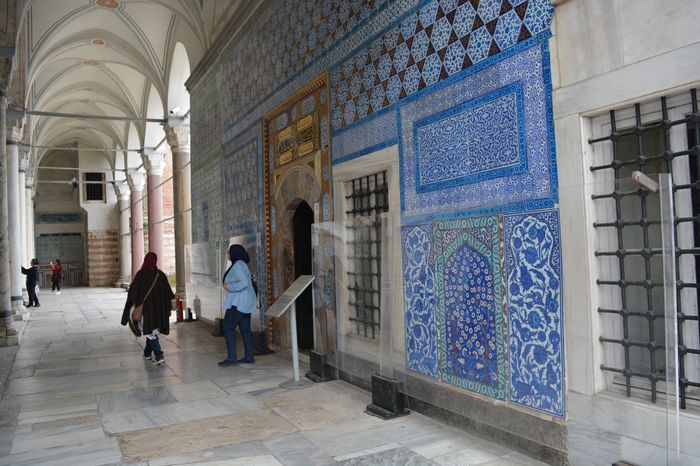Dr. Ibrahim Baz, vice-rector of Sirnak University, gave a fascinating PowerPoint presentation called “An Ancient Settlement on Judi Mount: Shah Village and Sheik Yahya Darshavi.”
Shah (also spelled Sah) is a village located at the western end of Cudi Dagh. It is known for its ancient carvings (called reliefs) made by Sennacherib, the king of Assyria, and possibly other Assyrian kings Private Tours Bulgaria Varna.
Dr. Baz showed beautiful springtime photos of the village, full of colorful flowers. Although these Assyrian carvings have been studied and published, more research is still needed to understand them better.
Different Views on Noah’s Flood
During the conference, I spoke with several Muslim attendees. I was surprised to learn that although they believe in the story of Noah’s Flood, they think it was a local flood, not a worldwide one. Their belief comes from theological reasons, not scientific or geological ones Science and the Ark’s Resting Place.
Scientific Evidence for a Global Flood
Dr. John Baumgardner, a former scientist at Los Alamos National Laboratory, presented a paper titled “Noah’s Flood: The Key to Correct Understanding of Earth History.”
He talked about a research project called R.A.T.E. (Radioisotopes and the Age of the Earth), which he worked on with the Institute for Creation Research (ICR). His goal was to show scientific support for a young earth and provide geological evidence for a global, worldwide flood.
Did King Sennacherib Worship Wood from the Ark?
I, Gordon Franz, presented a paper called “Did Sennacherib, King of Assyria, Worship Wood from Noah’s Ark?”
This question comes from Jewish rabbinic writings, which suggest that Sennacherib worshiped a piece of wood from the Ark. I believe the answer is yes.
During his fifth military campaign around 697 BC, Sennacherib was on Cudi Dagh, where he may have seen Noah’s Ark and taken some wood from it back to his capital city, Nineveh. He likely learned about the Ark from Israelites or Judeans he encountered.
The Bible says the wood was placed in the temple of Nisroch, the god he worshiped (see 2 Kings 19:36–37 and Isaiah 37:37–38). The name Nisroch may even mean “plank” or “board”, possibly linking it directly to the Ark’s wood.







